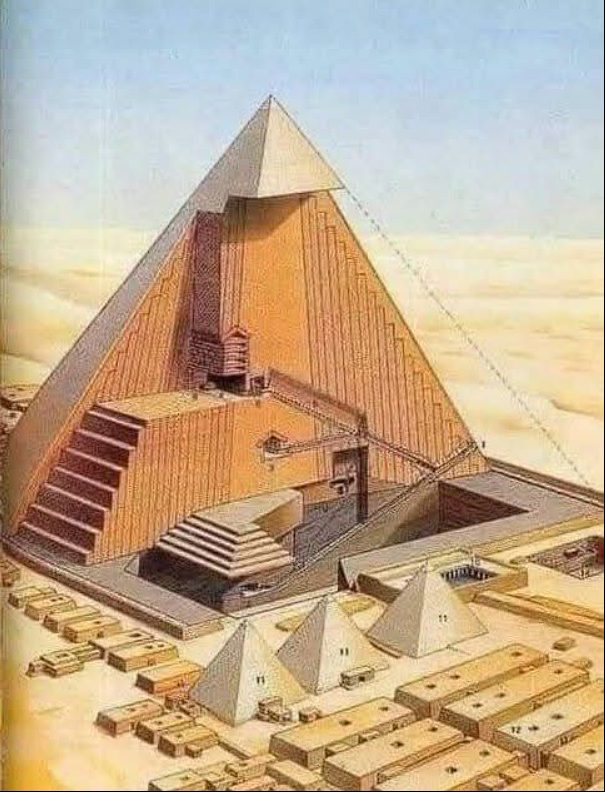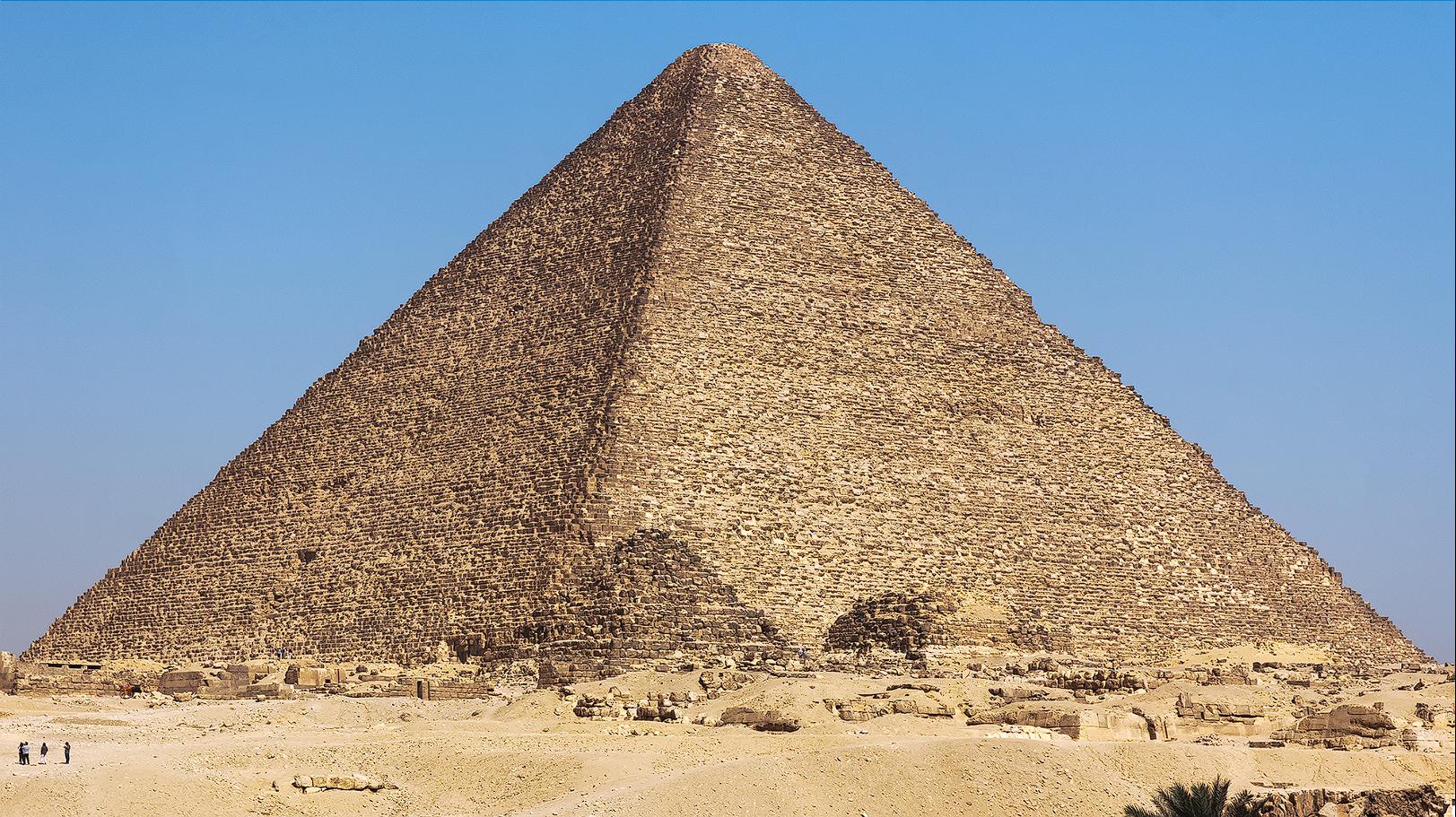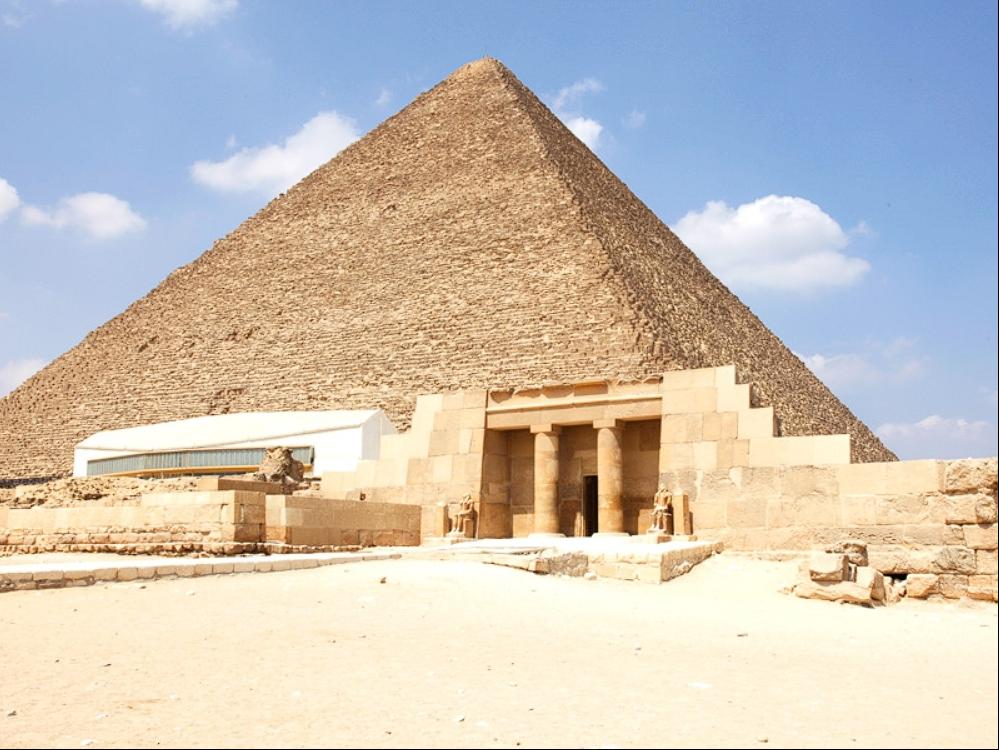The Great Pyramid of Cheops, a monumental testament to ancient Egyptian ingenuity, holds an enigma that continues to baffle historians and archaeologists alike. The sheer scale, precision, and timeline of its construction present a puzzle that challenges conventional understanding.
The Unparalleled Precision of Construction
The Great Pyramid’s construction exhibits an unparalleled level of precision, a feat that is difficult to comprehend even by modern standards.
Monumental Scale and Precise Placement
The pyramid comprises approximately 2.4 million stone blocks, each weighing between 2 and 70 tons, meticulously placed with astonishing accuracy.
- Vast Quantity of Blocks: The sheer number of stone blocks used in the pyramid’s construction is staggering, highlighting the immense undertaking.
- Weight and Size Variation: The blocks’ varying weight and size posed significant challenges in transportation and placement.
- Absolute Precision: Each block was positioned with remarkable precision, contributing to the pyramid’s overall accuracy.
Minimal Margin of Error
The pyramid’s base exhibits a margin of error of only 1 centimeter, and its alignment to the north is off by a mere 1 degree, showcasing extraordinary precision.
- Base Accuracy: The near-perfect accuracy of the pyramid’s base is a testament to the builders’ skill and meticulous planning.
- North Alignment: The precise alignment to the north suggests advanced surveying and astronomical knowledge.
- Modern Comparison: Such accuracy is typically achieved today using laser-guided construction systems, highlighting the ancient Egyptians’ remarkable achievements.
Techniques and Tools
The techniques and tools used by the ancient Egyptians to achieve such precision remain a subject of debate, with various theories proposed.
- Lever and Ramp Systems: Theories suggest the use of lever and ramp systems to move and position the massive blocks.
- Advanced Surveying: Precise surveying techniques, possibly involving astronomical observations, were likely employed.
- Copper Tools and Stone Hammers: The use of copper tools and stone hammers for shaping and dressing the blocks is widely accepted.

The Enigmatic Construction Timeline
The most perplexing aspect of the Great Pyramid’s construction is the timeline, which challenges conventional archaeological understanding.
The Accepted Timeline vs. the Implied Timeline
Official archaeology suggests the pyramid was built in approximately 10 years around 2,500 BCE, but calculations based on the number of blocks and potential work rates suggest a much longer period.
- Official Timeline: The accepted timeline of 10 years poses a significant challenge when considering the scale of the project.
- Calculated Timeline: Assuming one block placed per day, the construction would have taken roughly 6,575 years, placing its commencement around 9,000 BCE.
- Discrepancy and Debate: The significant discrepancy between these timelines fuels ongoing debate and speculation.
The Implausibility of Rapid Construction
To complete the pyramid in 10 years, the ancient Egyptians would have had to cut, transport, and place one block roughly every minute, a feat that seems nearly impossible.
- Minute-by-Minute Placement: The required rate of one block per minute is astonishing, considering the blocks’ size and weight.
- Daylight-Only Work: Assuming work was done only during daylight hours, the pace becomes even more challenging.
- Tool Limitations: The use of copper tools and the absence of the wheel further complicate the plausibility of such rapid construction.
Unanswered Questions
The construction timeline raises numerous unanswered questions, prompting speculation about advanced technologies or lost knowledge.
- Advanced Techniques: Some theories suggest the possibility of advanced but lost construction techniques.
- Labor Force Size: The required labor force size to achieve such a pace is also a subject of speculation.
- Motivation and Organization: The motivation and organizational skills required for such an undertaking are truly remarkable.

The Builders and Their Legacy
The Great Pyramid was undoubtedly built by the people of ancient Egypt, but the timeline and methods used remain a subject of intrigue.
The People of Ancient Egypt
The builders were undoubtedly the people of ancient Egypt, but their capabilities and knowledge may have been more advanced than previously thought.
- Skilled Craftsmen: The pyramid’s construction demonstrates the exceptional skill and craftsmanship of the ancient Egyptians.
- Organizational Prowess: The project’s scale highlights their remarkable organizational and logistical abilities.
- Cultural Significance: The pyramid’s construction reflects the cultural and religious significance of pharaohs and the afterlife.
Advanced Knowledge and Technology
The precision and scale of the pyramid suggest the possibility of advanced knowledge and technology that may have been lost over time.
- Mathematical and Astronomical Understanding: The pyramid’s design suggests a deep understanding of mathematics and astronomy.
- Engineering Expertise: The construction required advanced engineering expertise, particularly in moving and placing heavy objects.
- Potential for Lost Knowledge: Some theories propose the possibility of advanced but lost technologies or knowledge.
A Timeless Enigma
The Great Pyramid of Cheops remains a timeless enigma, its construction methods and timeline continuing to inspire awe and wonder.
- Inspiration for Study: The pyramid’s mysteries continue to inspire research and investigation.
- Symbol of Ancient Egypt: It stands as a symbol of ancient Egypt’s grandeur and ingenuity.
- Enduring Legacy: The pyramid’s enduring legacy highlights the remarkable achievements of the ancient world.

